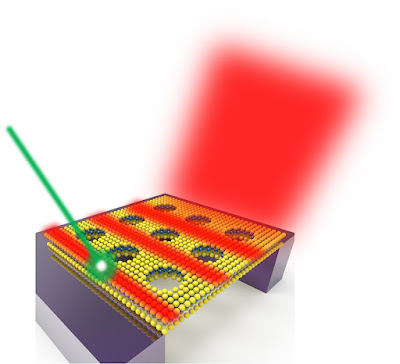Prof. Li Gang invented a novel technique to achieve breakthrough efficiency with organic solar cells. Credit: Hong Kong Polytechnic University
Topics: Chemistry, Green Tech, Materials Science, Photonics, Research, Solar Power
Researchers from The Hong Kong Polytechnic University (PolyU) have achieved a breakthrough power-conversion efficiency (PCE) of 19.31% with organic solar cells (OSCs), also known as polymer solar cells. This remarkable binary OSC efficiency will help enhance these advanced solar energy device applications.
The PCE, a measure of the power generated from a given solar irradiation, is considered a significant benchmark for the performance of photovoltaics (PVs), or solar panels, in power generation. The improved efficiency of more than 19% that was achieved by the PolyU researchers constitutes a record for binary OSCs, which have one donor and one acceptor in the photoactive layer.
Led by Prof. Li Gang, Chair Professor of Energy Conversion Technology, and Sir Sze-Yen Chung, Endowed Professor in Renewable Energy at PolyU, the research team invented a novel OSC morphology-regulating technique by using 1,3,5-trichlorobenzene as a crystallization regulator. This new technique boosts OSC efficiency and stability.
The team developed a non-monotonic intermediated state manipulation (ISM) strategy to manipulate the bulk-heterojunction (BHJ) OSC morphology and simultaneously optimize the crystallization dynamics and energy loss of non-fullerene OSCs. Unlike the strategy of using traditional solvent additives, which is based on excessive molecular aggregation in films, the ISM strategy promotes the formation of more ordered molecular stacking and favorable molecular aggregation. As a result, the PCE was considerably increased, and the undesirable non-radiative recombination loss was reduced. Notably, non-radiative recombination lowers the light generation efficiency and increases heat loss.
Researchers achieve a record 19.31% efficiency with organic solar cells. Hong Kong Polytechnic University. Tech Explore
